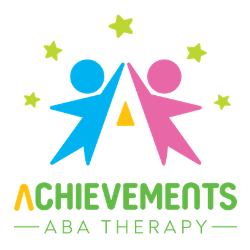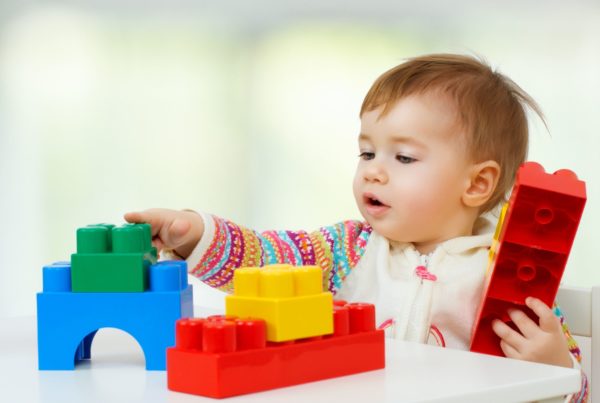Reinforcers should be exciting for your child.
A lot of times we assume that our child wants the things that we find reinforcing.
Many times, they are not interested in that food, toy, or privilege at all. Obviously, if it is not reinforcing or desirable then the wanted behavior or skill will not increase or at best will be learned very slowly. We have to see if the reward is actually reinforcing. After that, we can continue assessing the situation.
Ask yourself, does your child appear excited when getting this prize or candy?
When given a choice, does your child choose it?
The real question is would your child work to earn the item that you are offering as a reinforcer.
Reinforcers should be dependent on what you want your child to do!
Reinforcers should only be available when the target behavior occurs.
Try not to let the reinforcer be accessed at times other than when the preferred behavior occurs.
A variety of reinforcers should be used
This helps reduce satiation. Satiation is the term we use when the child is “sick of the reinforcement”.
This also keeps the reinforcers fresh and more effective.
Even if your child likes a reinforcer, be sure to rotate it in combination with weaker reinforcers.
It’s also important to be careful not to give more reinforcement than necessary.
Whenever a child has limited reinforcers, select the most preferred reinforcers to be provided contingently upon the most important behavior.
Social reinforcers should be paired with primary reinforcers
Primary Reinforcers typically involve food or drink.
Social Reinforcers include hugs, high-fives, praise, or any kind of social attention.
Continuously develop and identify reinforcers
Every day go through your house and round up some new objects to try.
Cruise the aisles at Target.
Try things that have worked with other children.
Use age-appropriate reinforcers
This will increase your child’s peer acceptance.
It will also make it less obvious that your child is receiving reinforcement.
It will additionally help in people treating your child’s age appropriately.
Using age-appropriate reinforcers help your child think of himself in a more age-appropriate way. This helps promote more sophisticated interests.
Lastly, this helps promote generalization. This is because your child is more likely to encounter these reinforcers in the natural environment.
Unpredictability and novelty enhance reinforcement
Surprises are usually very enjoyable and highly motivating. By creating a grab bag or mystery box, you may provide your child with new reinforcers simply by changing their presentation.
In the beginning, reinforcement should occur immediately
Reinforcement is most effective when it occurs within a second following the behavior.
This makes the link between the behavior and the reinforce clear to your child. They learn that when you do ____ then you get _____!!



















